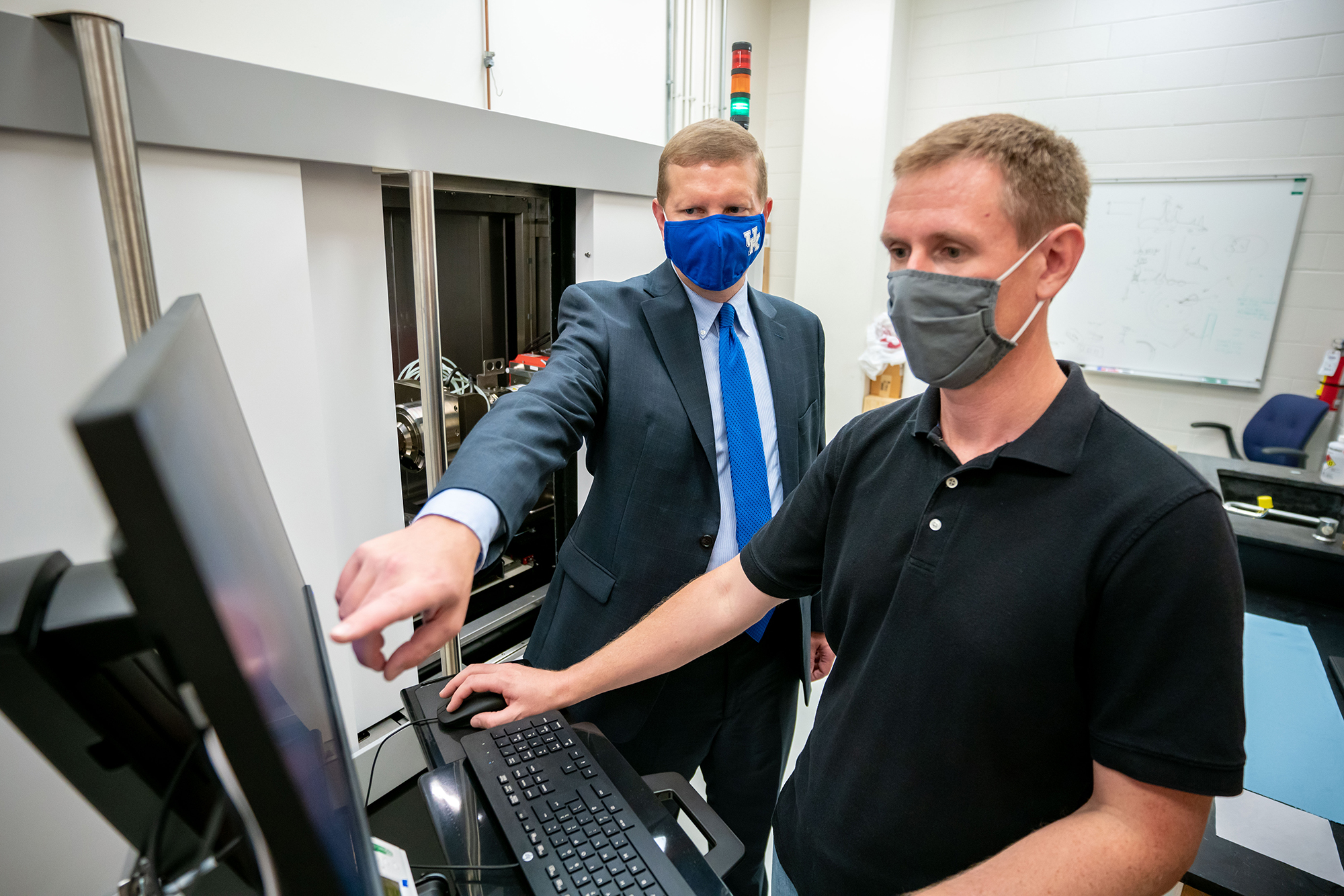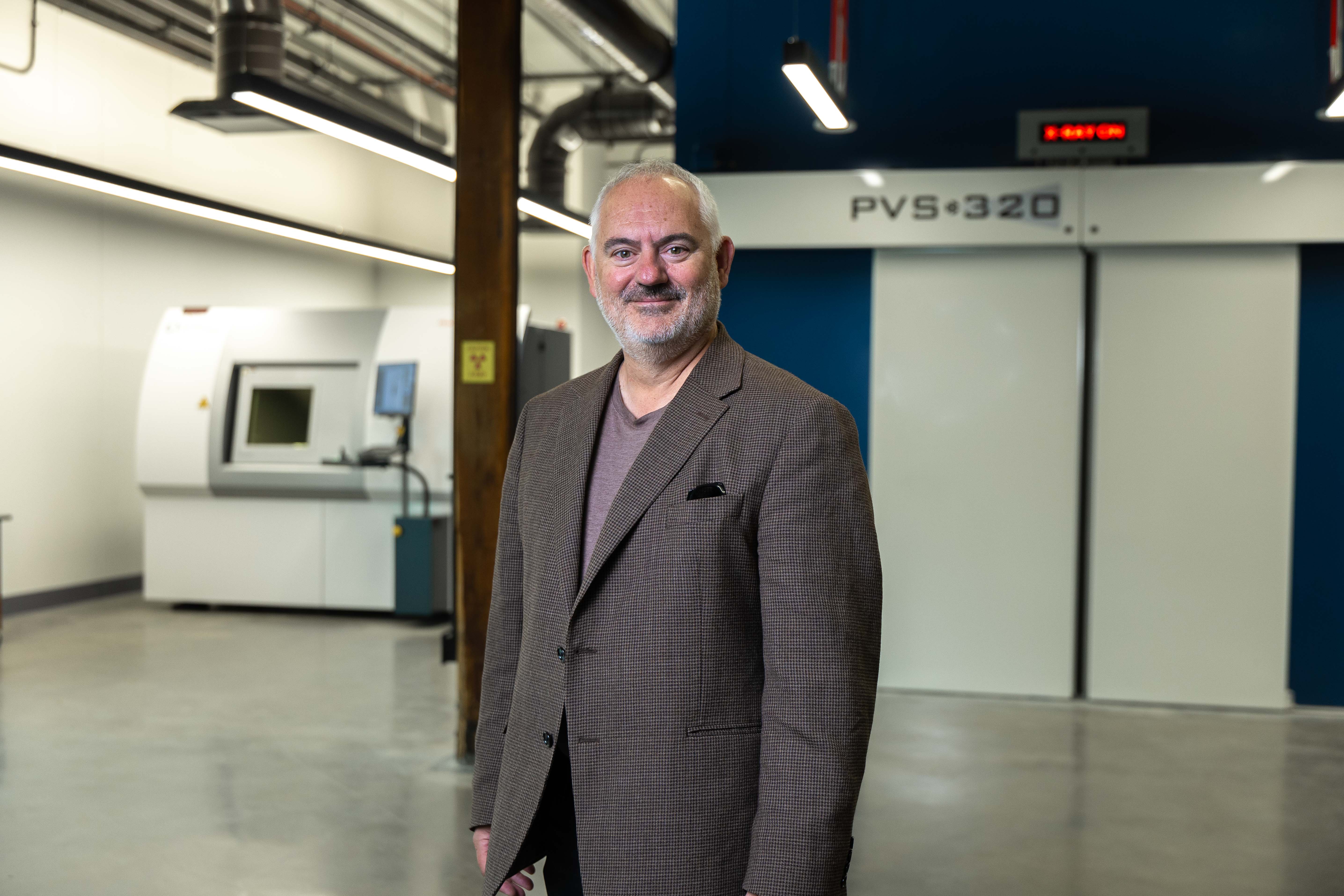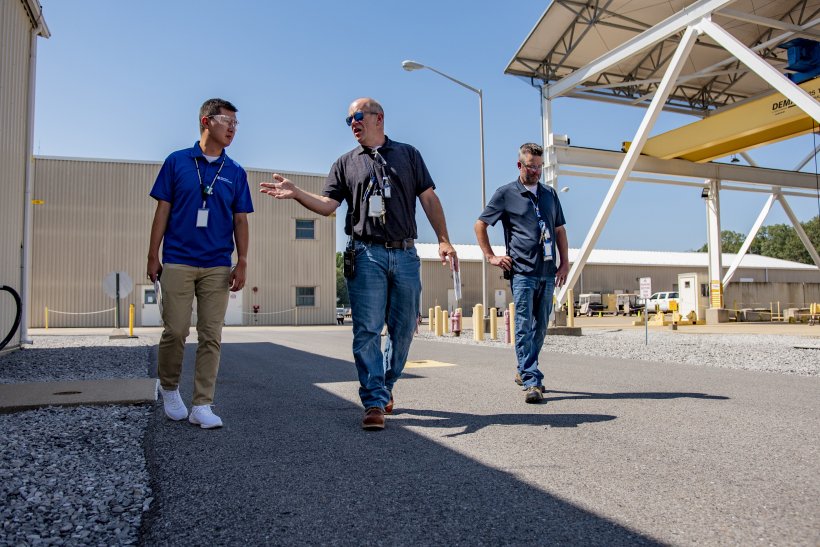Multimillion Dollar Renovation to Enhance William S. Webb Museum
EduceLab will function as a user facility for the heritage community and have its home base in UK’s William S. Webb Museum of Anthropology, located on Export Street in Lexington, next to the main campus.
Founded in 1931, the museum remains dedicated to enhancing knowledge about and preservation of the nation’s cultural heritage.
The Webb Museum houses a world-renowned archaeological collection from more than 250 properties listed on the National Register of Historic Places — including Native American, Revolutionary War- and Civil War-era sites.
The collections provide a link to the roots of the Commonwealth and its people. Additionally, the immense research archives provide educational services, practical training and research opportunities for the campus community and beyond — making it the ideal location for EduceLab.
“Within Kentucky, it's probably a well-kept secret that we have some of the best collections that relate to this question of the first agricultural populations in Eastern North America. The Webb Museum, which is primarily a research center, is not your classic bricks and mortar display. We maintain the collections for the state of Kentucky for research purposes,” Crothers said. “This is going to significantly impact what we do in the museum, and in archaeology in general, because it's providing us access to the most sophisticated and high-level equipment, which we didn’t have before.”
EduceLab has four parts: FLEX, BENCH, MOBILE and CYBER.
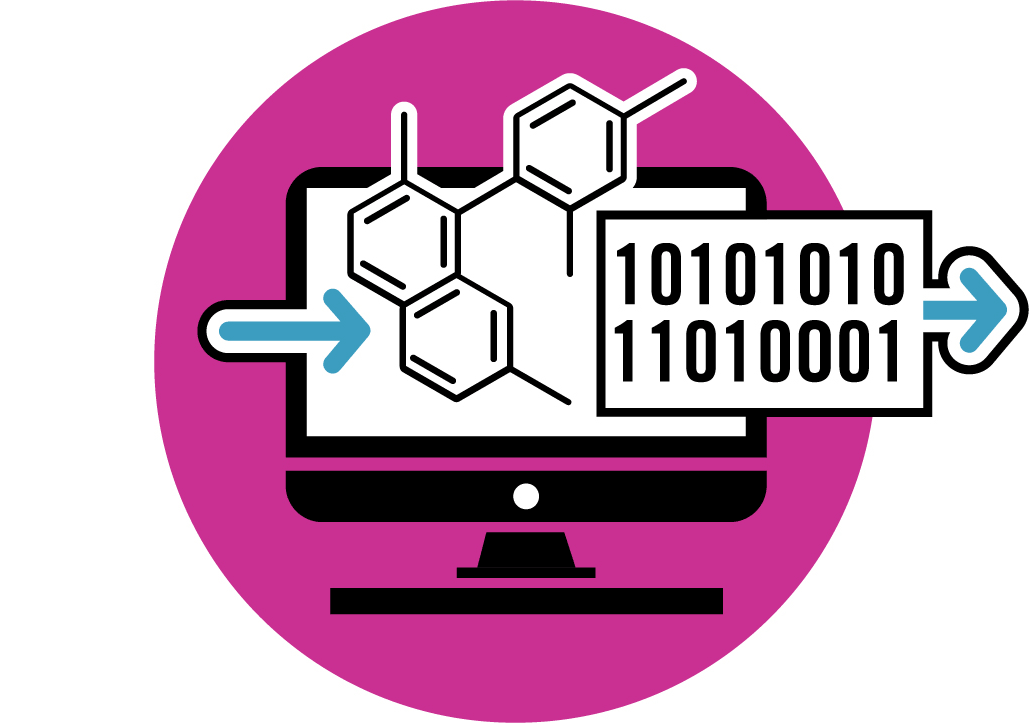 BENCH
BENCH
Modern technology is key to understanding how relics of our past were made.
BENCH will work to acquire the instruments needed to conduct leading-edge materials science, which will help establish a comprehensive workflow.
“My role is to bring the perspective of materials characterization. As a materials engineer, I look at what materials are made of. That helps us understand how a specimen was made in the first place and the technology that was used to create it. And I apply that to metals and alloys or ceramics that are used in industry, but we can also apply that to cultural heritage artifacts,” John Balk, William T. Bryan Professor of Materials Engineering and associate dean for research and graduate studies in UK Engineering, said. “It's definitely a new application space for me, but we can apply these scientific techniques and really learn about the material — the artifact — and put that in the right context of cultural heritage.”
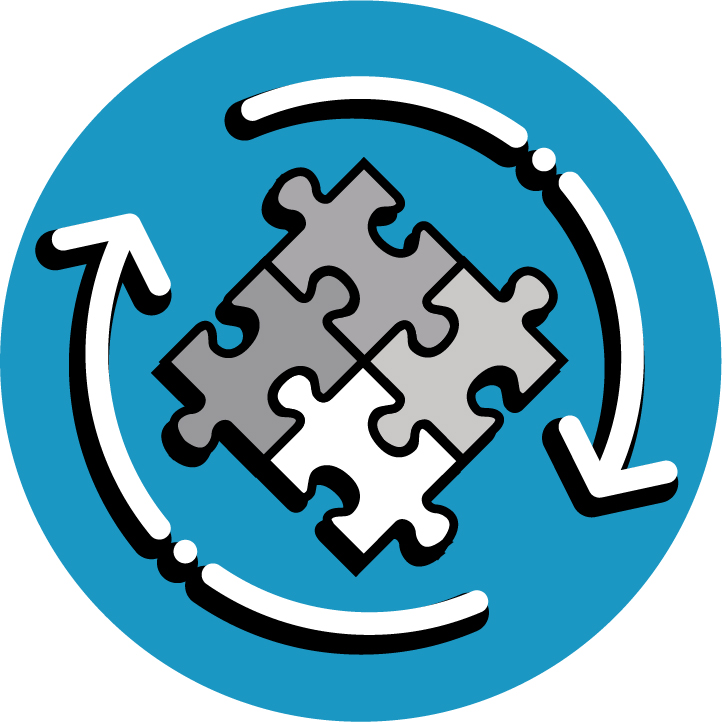 FLEX
FLEX
In 2016, Seales' team developed the Volume Cartographer, a revolutionary computer program for locating and mapping 2D surfaces within a 3D object. The software pipeline is used with micro-CT to generate extremely high-resolution images — enabling the ability to read a document without ever needing to physically open it. The charred scroll from En Gedi was the first complete text to be revealed using the software.
While the first-of-its-kind software has profoundly impacted history and literature, not all damaged artifacts are created equal.
Seales and his team have often found it difficult to use equipment that is poorly suited for the odd shapes and sizes — so they decided to build their own.
“With the FLEX cluster, we will have a prototype environment where we can envision, build and test custom instrument configurations built around the heritage object under study,” Seales said. “That is truly a novel approach not seen anywhere else at the mid-scale level.”
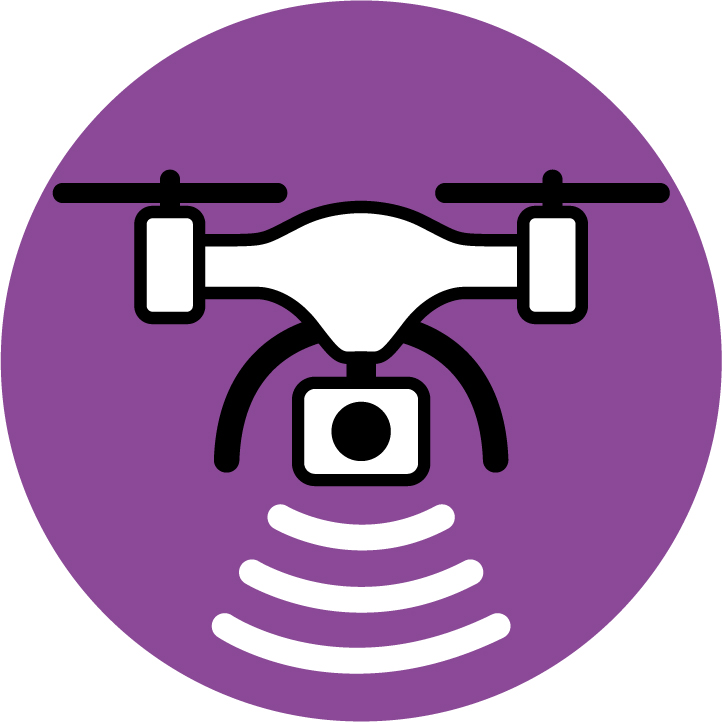 MOBILE
MOBILE
It’s one thing to bring an object into the lab. It’s another to go to the object in the field.
By setting up in the parking lot of a museum or by collecting data at an archeological site, the MOBILE team will take EduceLab on the road.
Suzanne Smith, along with faculty members Sean Bailey and Mike Sama, will deploy the use of unmanned aerial systems for field campaigns. “And in that field campaign, we do all kinds of measurements from the air over a larger area,” Smith, director of UK Unmanned Systems Research Consortium, explained. “It’s using all different kinds of sensors that can give different perspectives on the shapes that are being measured, and we can even see through some of the materials — giving us the historical context of that whole area. It's just such a bigger scale of where that history has happened.”
Additionally, the MOBILE team will use external displays for community involvement. “They can actually see this information coming in,” Smith said. “There are going to be exciting discoveries that happen in the moment, and the public will be able to be right there.”
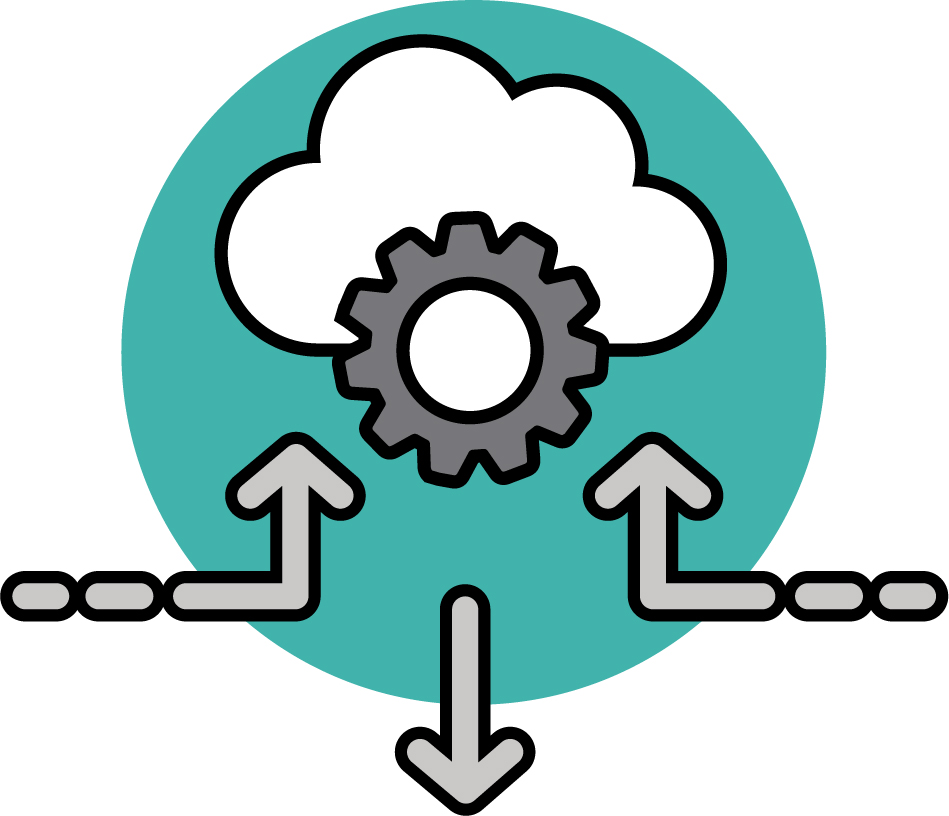 MOBILE TO CYBER
MOBILE TO CYBER
While MOBILE oversees collecting data, CYBER will be tasked with generating and sharing the data.
As the link between MOBILE and CYBER, that’s where Corey Baker’s expertise in wireless communications comes in. CYBER will be critical when helping to further drive advancements in drone fleets.
“There are a lot of devices in use when it comes to the unmanned vehicles component. They will pick up data and transfer data. But many times, they may not have internet connectivity,” Baker, an assistant professor in computer science, said. “My research focuses on the question, when the internet is limited or nonexistent, how do you build applications and systems to disseminate information?”
Additionally, Baker believes technology should be an enabler not just for researchers, but for the entire community. “These types of projects are not just designed to produce something that looks fancy. But it's designed to make a difference.”
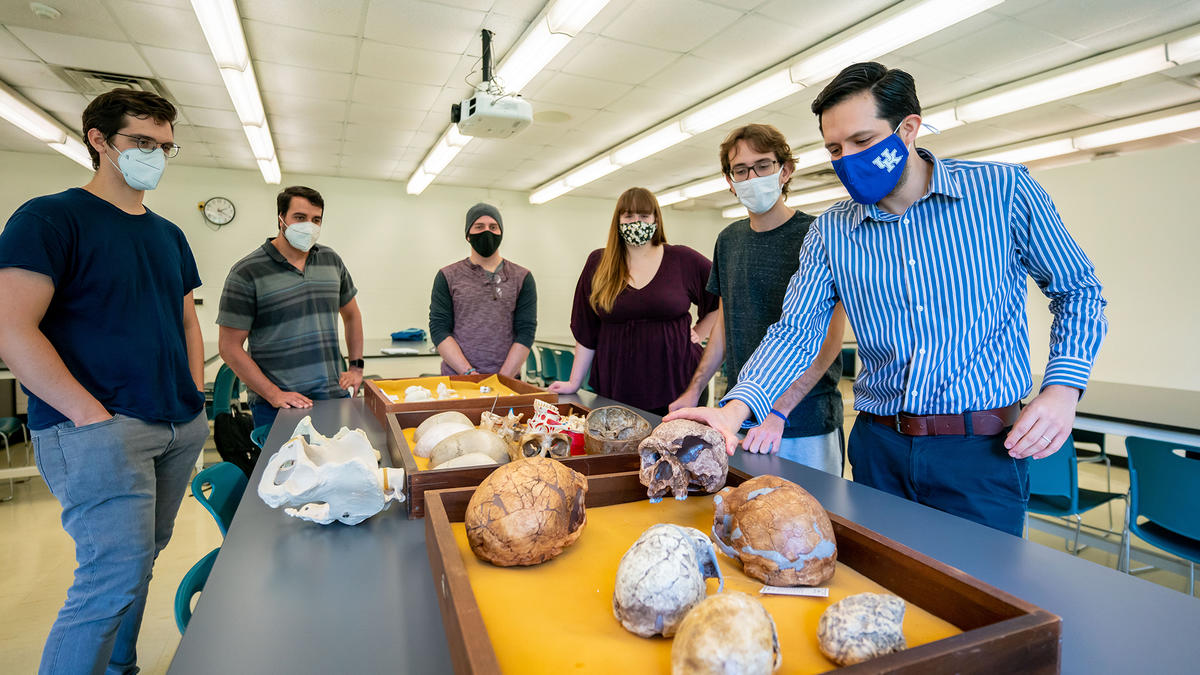
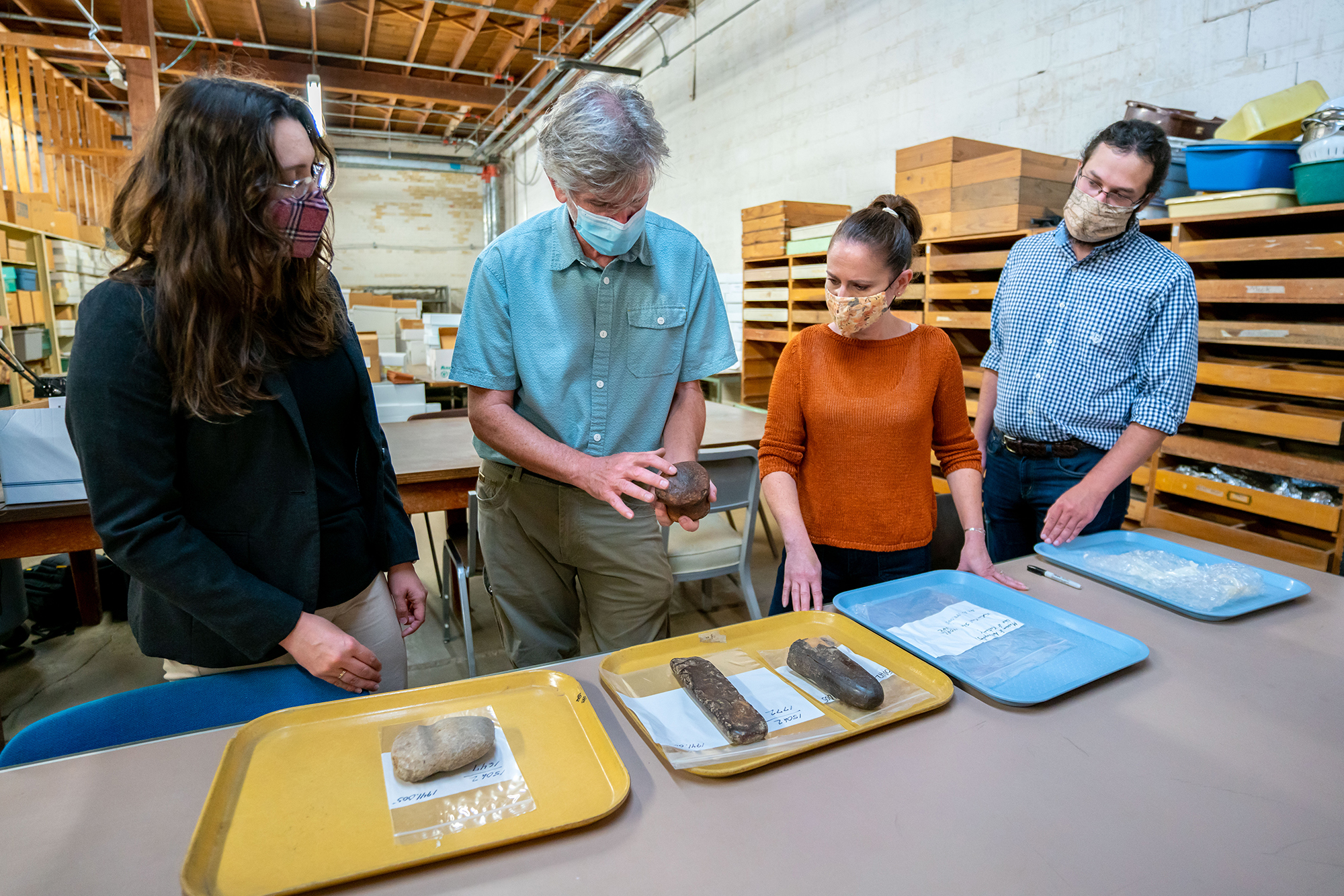
 BENCH
BENCH